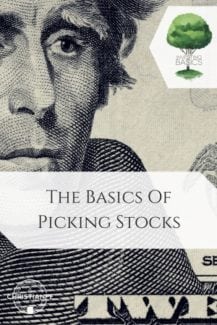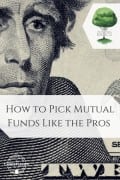An old-fashioned term for the process of buying a property in foreclosure, buying a house on the courthouse steps is a way to get a real deal on a house — or to get into real trouble.
5 Traditional and 5 Non-traditional Ways to Invest Your Money
If you”re new to investing, you”re probably aware that there are literally dozens of asset classes you can invest your money in. To make it easier for you, we”ve selected 10 classes, and broken them down between traditional and nontraditional, with five assets in each category. 5 Traditional Ways to Invest Your Money If you”re […]
Everything you need to know about the Wonderful ROTH IRA
There are literally dozens of ways to invest your money – and account types to invest them in – but one stands head and shoulders above the rest. The Roth IRA may very well be the single best investment vehicle available. While other retirement plans are tax deferred, Roth IRAs are tax free. Do we […]
Why You May Want to Invest WITHOUT a Financial Advisor
Many people are perfectly content to not know what’s going on in their investment portfolios. They’re happy to turn the job of investing over to someone else, like a financial advisor, so that they can tend to other things in their lives. And maybe there’s even some comfort in being able to blame someone else […]
Picking Stocks 101
If you’re new to investing, picking stocks can be confusing. Even if you have been investing in mutual funds for a while, stocks represent a higher risk investment, and one that requires considerably more research. Before stepping in stocks, you want to make sure that you do plenty of homework. You should also plan to […]
How to Pick Mutual Funds Like the Pros
Investing in mutual funds seems simple, but there are so many funds available today that it may not be as simple as it once was. While mutual funds enable you to invest in an entire portfolio of stocks or bonds, there are various sector funds that can raise or lower the risk of your holdings. […]
What is Medical Tourism . . . and Why is it Becoming Popular?
Rising healthcare costs are forcing modern consumers to search for different ways to reduce expenses and still get the medical service they need. Medical tourism has people living in one country and traveling to another to seek medical, dental and surgical care.
Are Annuities a Good Investment?
Annuities are a type of investment, generally provided by insurance companies, designed primarily to provide a steady income . . . .











